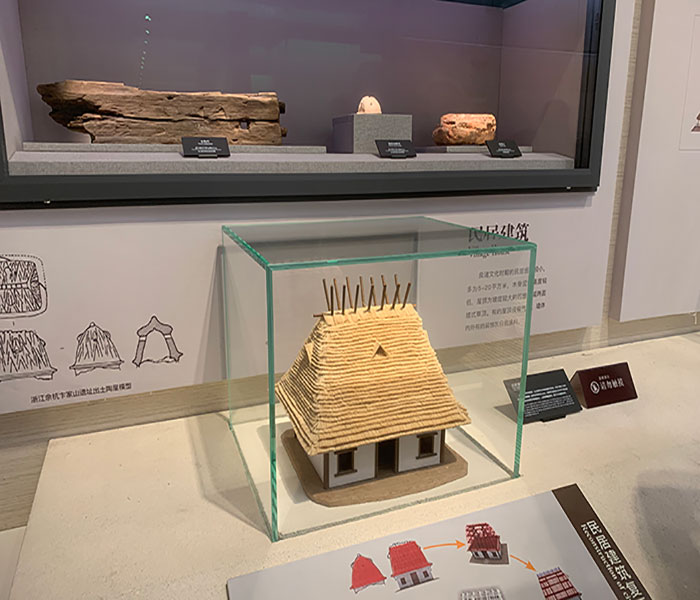As technology continues to advance, Augmented Reality (AR) technology has gradually moved from concept to practicality, and the rapid growth of this particular area of AR glass, in particular, has opened up opportunities to revolutionize several industries. In this article, we'll explore the use of AR glass in industrial design and retail experiences, and how it's becoming a new trend in both fields.
Breakthroughs in Industrial Design
Industrial design is a field that requires a high degree of innovation and precision, and the use of AR glass allows designers to work more intuitively and efficiently.
Real-time Design and Feedback With AR glass, designers can view and modify 3D design models in a real environment. This instant design feedback reduces the number of iterations from design to finished product, significantly improving design efficiency. Instead of relying on a 2D screen, designers can make changes directly on the product prototype, which increases the accuracy and usefulness of the design.
Collaboration and Remote Support AR Glass allows designers to work with colleagues or clients around the world in real-time. By sharing a virtual workspace, team members can work on the same model, even if they are in different locations. This type of collaboration not only increases productivity but also promotes cross-cultural teamwork.
Simulation and Testing During the product design stage, AR Glass can simulate the environment in which the product will be used and conduct virtual testing. For example, automotive designers can use AR Glass to drive a newly designed vehicle model in a virtual environment and test its aerodynamic characteristics and visual effects, to identify and solve problems before actual manufacturing.

Breakthroughs in Retail Experience
AR Glass technology is also revolutionizing the retail experience, providing consumers with a richer and more personalized shopping experience.
Virtual Fitting and Product Display In the apparel retail space, AR glass allows customers to try on clothes without actually having to change clothes. Customers can simply put on the AR glass and see how they would look in different outfits, which not only enhances the shopping experience but also greatly improves efficiency. Similarly, furniture and appliance retailers can use AR glass to show how products look in different home environments, helping customers make better buying decisions.
Interactive shopping guide AR glass can provide an interactive shopping guide experience. Customers can access product details, user reviews, and recommendations through AR glass, all of which can be displayed directly in their line of sight without having to look up their mobile phone or ask a shop assistant. This self-service shopping is both convenient and efficient.
Customized services AR Glass can help retailers provide more customized services. By collecting data on a customer's preferences, the AR system can recommend items that match their tastes, or even adjust the color or design of an item to suit their specific needs. This personalized shopping experience can increase customer satisfaction and loyalty.
Challenges and Future Outlook
Although AR glass has demonstrated great potential in the fields of industrial design and retail experience, its widespread application still faces several technical and market challenges. At the technical level, how to improve the display quality of AR glass, reduce size and weight, and enhance battery life are still major challenges. On the market level, how to reduce costs and improve user acceptance also needs to be further explored.
In the future, with the continuous progress of technology and the gradual maturity of the market, AR glass is expected to achieve a wider range of applications in the field of industrial design and retail experience. We have reason to believe that AR glass will a revolution in industrial design and retail experience, bringing changes to traditional shopping and design methods.
AR glass technology represents the future trend of human-computer interaction, which provides us with a richer and more convenient real world. As the technology matures and applications expand, the breakthrough of AR glass in industrial design and retail experience will continue to deepen. While there are still some technical and market challenges, with deeper research and technological advancements, AR Glass has the potential to be the next milestone in changing the way we live our daily lives.






